Rekindling The Nettle Mettle
‘The present-day Tarayana Nettle Work Station was an old abandoned hut. The Nettle Group which was started in 2005 slowly developed and transformed it into the nettle production house we know today. The center was inaugurated in 2007. Weaving with nettle wasn’t prominent during our childhood but I had heard that it was very popular during the olden days. I saw backpacks (Bowh) made from nettle that were durable. I feel the diminishing popularity of nettle weaving may be due to easy access to the Indian fabric market and our increasing dependence on it. Also, nettle plants have become seasonal just like the crops.
The process of producing nettle thread includes boiling the dried nettle plant with ash in water, beating the boiled plant, and washing the plant in flowing water until the outer layer comes off. Then we rub the plant, extract the thread, wash them, and harden them by boiling the thread with flour, and drying them. For colored thread, we apply the coloring before the hardening process of the thread.

I am among one of the 14 founding members of the initiative with almost 20 years of engagement. I have seen the changes and development of the Tarayana Center firsthand. We started the nettle production with enthusiasm and energy. I remember we worked here until midnight with solar-powered lighting. Gradually the members started working from home. We have about 15 members now.
Initially, we had a really tough time weaving with the nettle thread. Producing nettle thread and weaving with them were new to us. We received training facilitated by the Foundation and met with older experienced nettle weavers. The group took about two years to produce nettle products. We started by weaving smaller cloth pieces and later clothing attires such as kabneys, ghos, and bag covers. Our group also offered a gho to His Majesty The King.
At first, we could not venture commercially. We started our commercial sales by selling smaller table clothes at Nu. 250. The group also contributes to the Tarayana Fair and markets its products. During those days I received about Nu. 15,000 to 20,000. Those who pursue nettle production and weaving full-time earn about Nu. 30,000 to 40,000 during the Fair. To produce nettle products we had to either work early in the morning or late at night after completing our farm and household work.
This year I did not get the time to collect nettle or produce nettle thread and will unfortunately not be at the Tarayana Fair. I went to Tarayana Fair and Thimphu a few years ago before the pandemic. After showcasing our product at the Fair, the group has been well connected to the local manufacturers and suppliers.
My husband and family, especially my late grandmother, were very supportive of my nettle works. My husband would gather all the nettle, and my grandmother would look after my children while I would produce the nettle thread. I am looking forward to resuming nettle production soon. Before joining the group, I used to do day jobs that had very negligible income. With the group, I started earning which allowed me to enroll my children in school with sufficient clothing and food.
Despite my family obligations, I am motivated to continue working with the group. I feel very blessed and proud to be able to preserve an indigenous culture that my parents could not take up. The challenge with nettle works is the labor-intensive nature as we have to spend extra hours apart from working in the field, guarding the crops, and looking after the domestic animals. I haven’t noticed any children taking an interest in nettle production. I am
open and excited to teach the craft to aspiring younger individuals. We were granted an audience by Her Majesty, and she urged us to work diligently and with honesty.’
Improved Houses
2555
Green Technologies
124
School Clubs
124
Total Beneficiaries
200000
